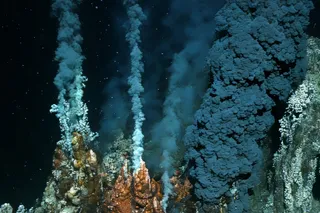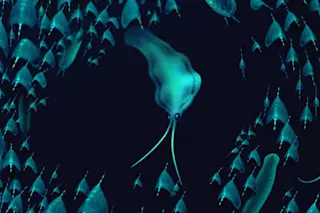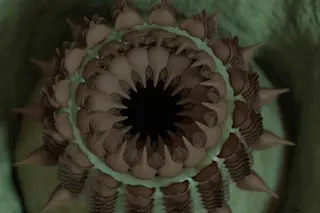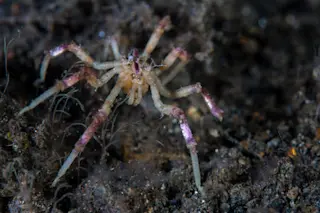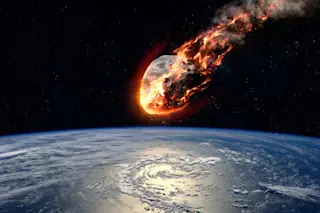Dark oxygen is produced on the seafloor by a process other than photosynthesis.
A new study published in Nature Geoscience in July 2024 suggests it’s unclear what causes dark oxygen, but a possible source could be polymetallic nodules.
This discovery could rewrite our understanding of how aerobic (oxygen-respiring) life evolved on Earth. And it could even point to new possibilities for extraterrestrial life, perhaps on Saturn’s watery moons.
The traditional story of Earth’s oxygen is simple: There was none until the first photosynthesizers evolved 3.4 billion years ago. Then, bacteria started converting sunlight into sugar for their own growth, with algae and plants later following suit, and they all pumped oxygen into the atmosphere as a happy byproduct. There is no other natural source for the gas that we — and most life on this planet — need for survival.
That’s what Andrew Sweetman, a seafloor ecologist and biogeochemist at ...




